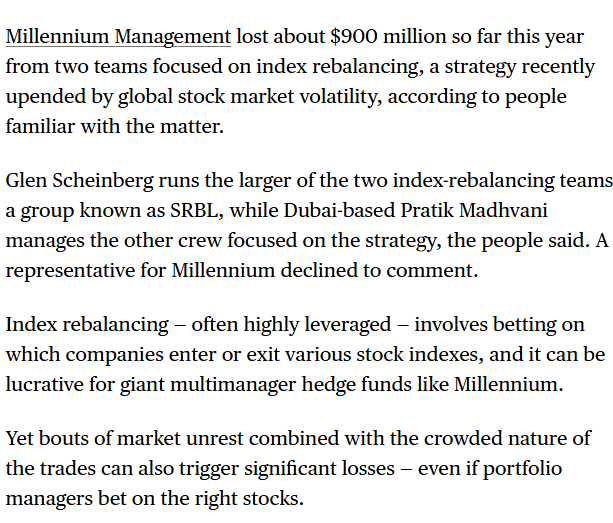Summary
- 📉 Adapting to Market Changes is Key – Traders must adjust strategies based on evolving market conditions to maintain profitability.
- 🔄 Personal Experience of Mistake – Mark shares a past mistake of holding onto a strategy for too long despite changing market dynamics.
- 📊 Market Phases & Strategy Adjustments – Markets transition between trending and rotational phases, requiring traders to shift between breakout, mean reversion, and momentum strategies.
- ⏳ Micro and Macro Level Changes – Market conditions fluctuate from hours to years, demanding continuous monitoring and adjustment.
- ⚖ Recognizing Market Shifts – Traders should assess indicators like volume, average true range, and economic influences to anticipate and respond to shifts.
- 🚀 Finding the Right Strategy – Instead of forcing a strategy onto an unsuitable market, traders should either adjust their approach or find a better market fit.
- 🛠 The Trader’s Toolbox Approach – Strategies should be viewed as tools, and the right one must be applied to the appropriate market conditions.
- 🏆 Long-Term Success Through Adaptation – Consistently refining strategies in response to market shifts ensures long-term trading success.

It works until it doesn’t >
Millennium Loses $900 Million on Strategy Roiled by Market Chaos (BBG). Adapt, evolve, and keep going – the market always moves. Market turbulence is a relentless test.
Insights Based on Numbers
- 10-12 Years Ago: Mark recounts a past experience where a once-profitable day trading strategy became ineffective as market conditions changed.
- 2000 Tech Bubble: A historical example of how a strong bull market strategy (buying pullbacks) stopped working when conditions changed.
- Short-Term vs. Long-Term Changes: Market transitions occur on small (hourly/daily) and large (multi-year) scales, requiring flexibility in trading strategies.
This video emphasizes the importance of adapting trading strategies to evolving market conditions. The speaker shares a personal experience of holding onto a once-profitable strategy for too long, leading to losses. Markets shift between trending and rotational phases, requiring traders to adjust their approach—whether by changing strategies or shifting to a different market that aligns with their strengths. Recognizing market transitions through indicators like volume, volatility, and momentum is crucial for long-term success. Traders must treat strategies like tools, applying the right one to the appropriate market conditions.
